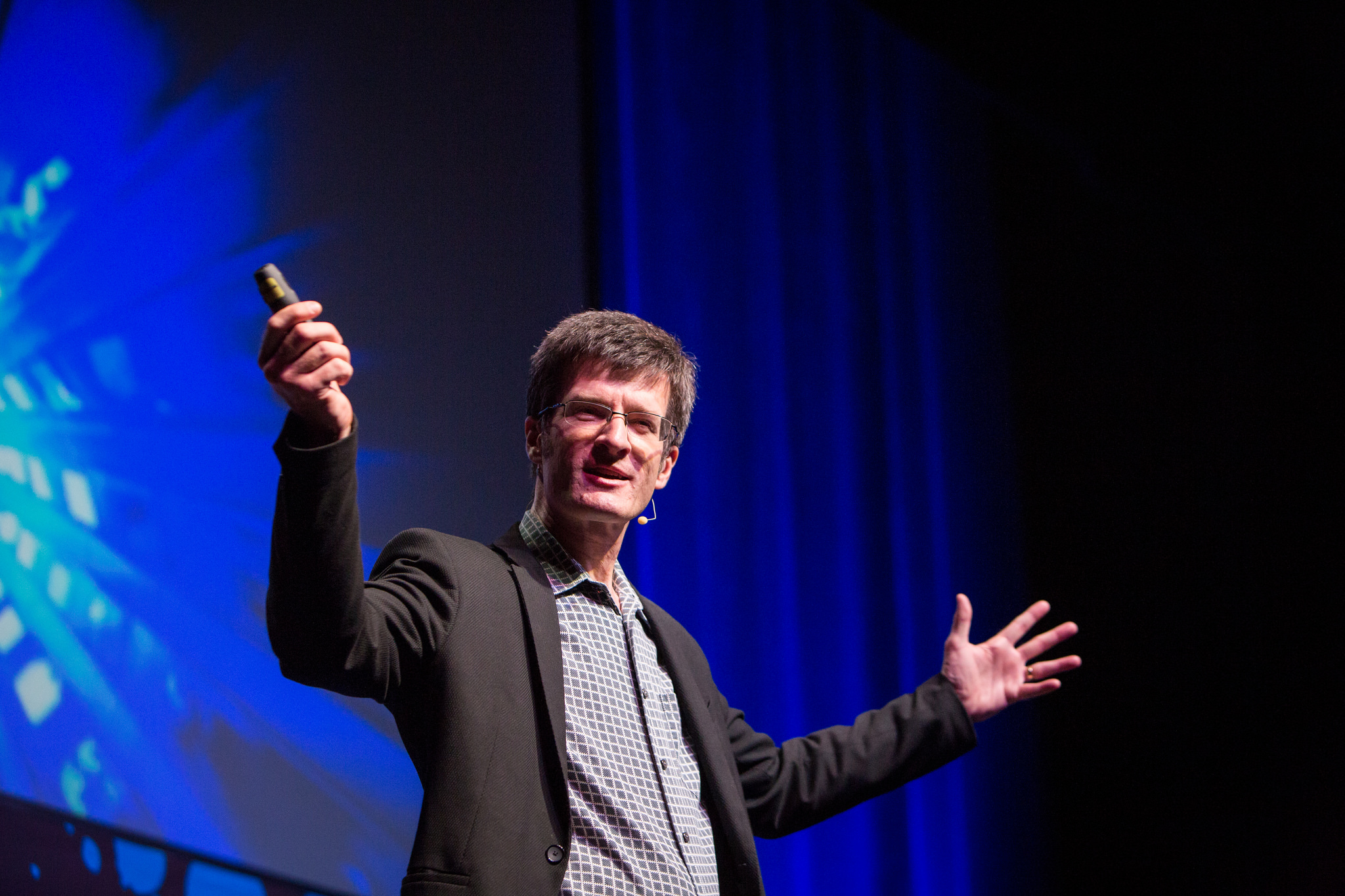The Intrapreneur’s Guide to Maximizing Change-Making Moments

By Jordan Rosenfeld, Writer for Lean Startup Co.
When it comes time for an intrapreneur to convince a small team or higher ups to try a new innovation practice, it’s common to “trip over the truth,” says Chip Heath, a professor at Stanford Graduate School of Business, and co-author of the new book The Power of Moments: Why Certain Experiences Have Extraordinary Impact. In other words, “Our temptation is to persuade people with our facts, our Powerpoints, our charisma,” he says.
Rarely, however, do facts convince people, unless you’re talking to a team of scientists. People are moved by emotion and connection, he says, or more specifically what he calls “defining moments.” Research shows our memories to be inconsistent and sporadic—we don’t remember all the details, but rather the “peaks,” those moments that were “memorable and meaningful,” he explains.
Think of the last time you stayed at a hotel, or ate at a restaurant, he prods. “Was there a moment that stands out as the peak of that experience?” It probably wasn’t finding the same mini-bar and snacks as you’d find anywhere else. “What if you walked into a hotel in New Orleans and there was a distinctive drink or snack that shows you you’re in New Orleans, and it’s free. People would be ecstatic,” he laughs.
Another example of a peak moment from the customer standpoint, Chip says, is the design of the boxes iPhones are sold in. Informal audience polls at his talks have revealed that people love these boxes so much they can’t bear to throw them away. “There’s so much drama in the beauty of the box and the vacuum seal that keeps it from coming apart. You want to be one of the things that stands out as a moment, that sticks out from the crowd,” Chip says.
So how can you bring one of these “small moments of elevation and beauty” to innovating in a team?
When organizing a team to work on a product or service, you have to “weave together people with different skills,” Chip says, “and those moments are really important.”
He gives the example of doing a kick-off to bring a manufacturing group into a product that’s been developed. He suggests crafting an emotional experience, such as having customers create video testimonials on their phones saying why they need that product. “This might kick that project meeting to be memorable, so that it stands in support in situations where things get a little rough,” Chip says.
Peak moments are also important in creating connection at almost every level every of teamwork. He gives an example of starting or expanding a team. “You may think it’s impossible to make a group gel,” he says, but gives an example of a consultant he knows who builds connection in teams by having people turn to the person beside them and describe a really good day when they felt they were contributing to the company.
“So the CEO turns to the CFO and describes catching a cash flow problem or a good market day. The CFO is geeking out on finance but the marketing officer now sees this person not as the jerk tracking the expenditures but as someone taking their job seriously with a geeky set of skills they’re passionate about,” Chip says.
Such moments can shift the energy between colleagues and change the dynamics of how they work together.
“Once you’ve seen the other person as a human being with a specialization they’re proud of, it’s easier to forgive people for having different points of view or taking a while to agree,” Chip says.
Peak moments loaded with emotion guide change and lead to understanding more effectively than laying out facts or scolding people for what isn’t working. In an example of this, Chip points to Scott Guthrie, Executive Vice President of Microsoft’s Azure group. Scott found out that his customers weren’t happy with a product, but the developers didn’t see any problem with it. So he held a two-day retreat and asked the developers to come up with a startup that would sell a product using the same website that their customers use. “The groups found they couldn’t even get through the sign-up process for the system they had created,” Chip recounts.
By putting developers in the position of being customers, they made their own observations and that led to redevelopment of the product.
“He had people’s attention in a way that he wouldn’t have if he had just come in and ranted,” Chip says.
Being able to hone in on and define moments that will have impact can help an intrapreneur make progress on a goal more quickly, Chip suggests. “Moments matter, and moment crafting should be a key skill of a change leader and entrepreneur.”
Join us at Lean Startup Week October 30th-November 5th, where Chip will give a talk using the framework from his new book, “The Power of Moments,” which describes four essential building blocks of moments that really matter. Chip will show you how to apply these building blocks to critical setbacks, transitions, and milestones as the change agent in your organization. Get a copy of Chip’s new book with your ticket to Lean Startup Week.
